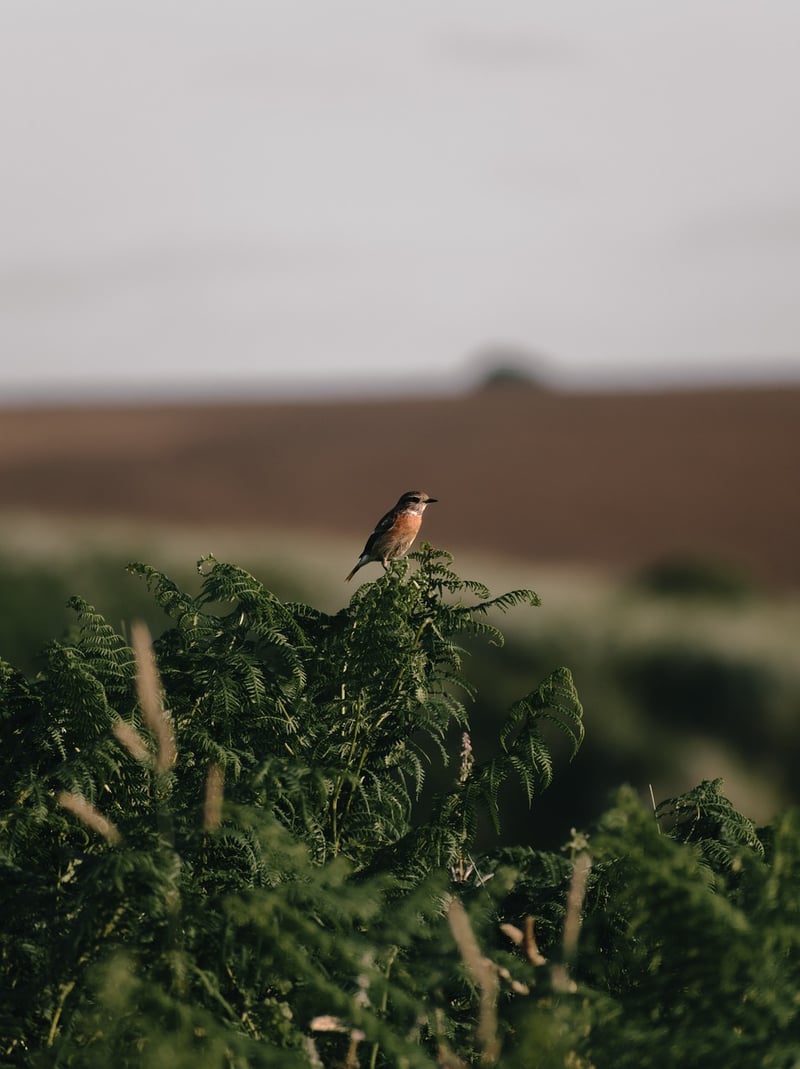Orbital Habitats
The Future of Space Exploration: Orbital Habitats

As humanity continues to push the boundaries of space exploration, the dream of establishing a human presence beyond Earth is becoming increasingly realistic. One exciting possibility on the horizon is the creation of orbital habitats, which could serve as homes for astronauts, research facilities, and even tourist destinations.
Why Orbital Habitats?
Orbital habitats offer a range of advantages over traditional planetary bases. They provide a microgravity environment that can be utilized for scientific research, manufacturing processes, and medical experiments. Additionally, these habitats could serve as a stepping stone for further exploration deeper into space, such as missions to Mars or beyond.
The Challenges
While the concept of orbital habitats is exciting, there are significant challenges to overcome. These include developing sustainable life support systems, ensuring the safety of inhabitants in the harsh environment of space, and addressing the psychological impacts of long-duration space travel.
The Future is Bright
Despite these challenges, progress is being made towards the realization of orbital habitats. Organizations like NASA and private companies like SpaceX are actively working on technologies that could make these habitats a reality in the near future. With advancements in robotics, artificial intelligence, and 3D printing, the vision of humans living and working in space is closer than ever before.
Conclusion
Orbital habitats represent a new frontier in space exploration, offering the potential for sustained human presence beyond Earth. As we continue to innovate and push the boundaries of what is possible, the dream of living among the stars is slowly but surely becoming a reality.
Are you excited about the future of space exploration and orbital habitats? Stay tuned for more updates on the latest developments in this exciting field!
Image Source: Pixabay
